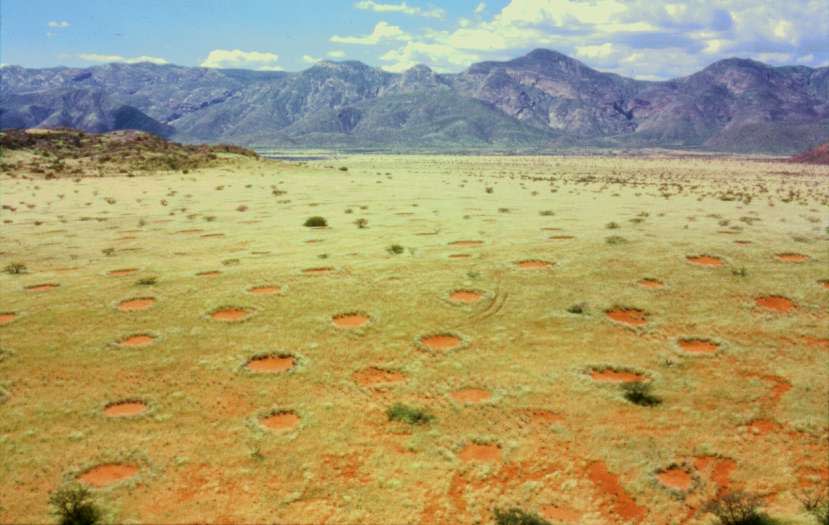For years, a mysterious circular pattern of exposed soil surrounded by rings of plants has puzzled scientists. Until recently, they were thought to only exist in parts of Namibia and Australia, but new research has found they exist elsewhere as well.
A study found that fairy circles are more common than previously thought, existing in more than 250 locations across 15 countries and three continents. recent research appear in the diary PNAS.
This discovery may provide insight into the environmental factors that give rise to fairy circles.
Manuel Delgado Baquerizo, leader of the IRNAS-CSIC BioFunLab et al. “For the first time, we have made it possible to understand globally the factors that give rise to -Study author, stated in a statement.

Fairy circles in Namibia. (Thorsten Becker/Wikipedia) CC BY-SA 2.0
Research using AI
A research team led by Emilio Guillard, Principal Researcher at the Arid Zone Ecology and Global Change Laboratory at the University of Alicante (UA), analyzed satellite images with the help of artificial intelligence-based models to map 263 locations around the world. I have identified the location. Earth with a pattern similar to fairy rings observed in Namibia and Western Australia.
understand the environment
Researchers have found strong associations between certain soil and climate characteristics and fairy circles.
Low nitrogen content in the soil and an average annual rainfall of less than 200 mm are among the main indicators.
EEZA-CSIC’s Jaime Martínez Balderrama said in a statement that rainfall is a “particularly relevant factor” because widespread use of groundwater in arid environments, including deserts, can disrupt the formation of fairy circles. He said there is a possibility.
ecosystem stability
The study compared the ecological health of environments with fairy circles to other ecosystems and found that areas with circles were “more stable.”
The researchers say this finding means that fairy circles, like other spatial patterns in arid regions, may act as indicators of ecosystem degradation due to climate change.

Fairy ring in Marienhuls Valley, Namibia. (Thorsten Becker/Wikipedia) CC BY-SA 2.0
Looking to the future
This study expands our understanding of the distribution of fairy circles and highlights their potential and potential use as indicators of environmental change in increasingly fragile ecosystems.
“Our study also paves the way for further research into the functional effects of these vegetation structures, which could help make ecosystems more stable and avoid tipping points associated with climate change. “,” the authors said. write.
Header image: File photo of Namibia’s Fairy Circle (Dr. Stefan Guezin)

